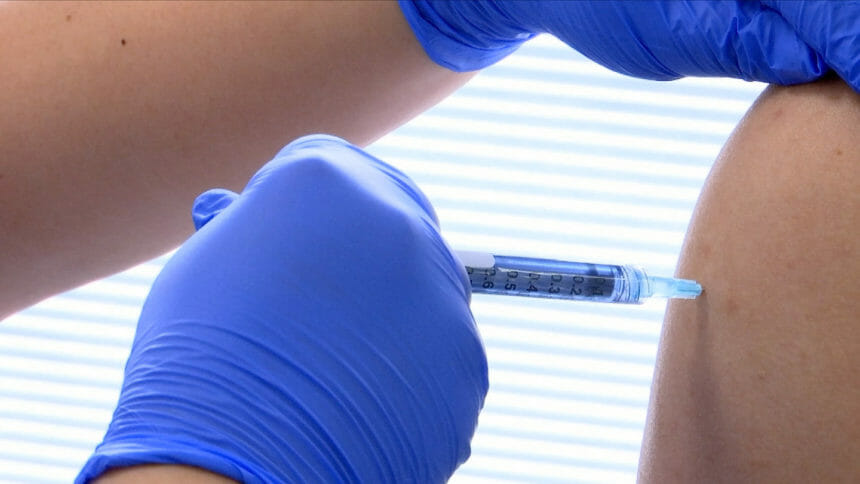
Good news for people who received a high-dose recombinant influenza vaccine this year. The vaccine offers more protection against flu than an egg-based standard-dose vaccine for older adults aged 50 and 64 years, findings published on Dec. 14 in The New England Journal of Medicine found.
A team from Kaiser Permanente Northern California gave flu shots to more than 1.6 million patients ages 18 to 64 years. A total of 632,962 people received either the high-dose quadrivalent (four-strain) flu vaccine, while 997,366 people got one of two standard-dose vaccines. They were inoculated in the 2018-19 and 2019-20 respiratory virus seasons. The team compared how effective the shots were against infection and hospitalization.
Of the 675,252 older adults who were between the ages of 50 to 64 years, 41.4% received the recombinant vaccine, and 58.6% were given a standard-dose vaccine.
Then the team looked at flu tests. Of 16,340 tests performed, 23.4% were positive for the flu; 38.8% of cases were in people aged 50 to 64 years and 16.7% of them were hospitalized.
Among the older adults, 559 of 1,386 people in the recombinant group developed the flu compared to 925 out of 2,435 people in the standard-dose group. That means there’s a relative vaccine effectiveness of 15.3%.
The four-strain flu shot made by Sanofi is made without chicken eggs. This means it has a recombinant hemagglutinin protein that is genetically identical to the one in the strain of the flu virus — a perfect match.
“In traditional quadrivalent standard-dose inactivated influenza vaccines (SD-IIV4), chicken eggs are used to manufacture the influenza virus,” the authors wrote. “Mutations in the hemagglutinin protein during egg-based manufacturing can result in mismatch between the selected strain and the vaccine strain.”
If standard-dose vaccines were already preventing most cases of influenza and breakthrough cases were uncommon, preventing 15% of breakthrough cases wouldn’t be much of a public health perk, according to the researchers.
“However, since standard-dose vaccines prevent at most 40 to 60% of influenza cases annually, reducing the incidence of breakthrough influenza by 15% would provide a substantial public health benefit, especially during more severe influenza seasons,” they said.



